Rabbit Hills Preserve - DeSantis conservation easement
Project Summary:
The DeSantis property encompasses 8.8 acres of one of the few remaining areas of privately owned open space of significant size in Moscow. Because of the hilly topography, the different types of vegetation, and the old hedgerows, the land provides a variety of habitats for wildlife. The hedgerows consisting of plum and chokecherry are nesting sites for magpies, mourning doves, and other birds, and provide cover for various birds and small mammals. California quail and ring-necked pheasants displaced by development in the area inhabit the hedgerows and grasses. Red-tailed hawks and great horned owls frequent the property. The property has at times been used as a study site for University of Idaho students over the years.
Project Goals:
Ensure the property is retained forever predominantly in its current natural, scenic, agricultural, and open space condition.
County: Latah
Year Acquired: 2009
Acreage: 8.8
Public Access: With approval from owners
Project Partners: Landowners, Palouse Land Trust
[ News for this Easement ]
Through the Secret Passageway to Rabbit Hills Preserve
Written by Bill London / Mary Jane Magazine, August 2010
It was only a humble hay field, five acres of grassland bordered by windrows of interwoven trees and bushes. Yet when the DeSantis family moved next door, that field blossomed in their lives and hearts. Now, more than 3 decades later, the land has become their legacy.
In an inspiring example of selflessness, they bought the land to save it. They preserved that hayfield as a green space for the community to enjoy.
This all began in 1978 when Gail and Mark DeSantis came to Moscow to work at the University of Idaho. He joined the faculty in neuroscience and she became a researcher in entomology. They bought the ridge top home where they still live today.
Gail and their son Michael (then 8) soon discovered what they called the "secret passageway," a narrow tunnel through the row of chokecherries and pine trees at the back of their suburban lot, the entrance to an exciting land of discovery - that hay field.
"Michael played there with his friends, making hideouts in the thickets, and I was collecting bugs and exploring," Gail said. "Soon, we developed a sense of being tied to that land, and we wanted to keep it open space. I told the owner that if he ever wanted to sell, to let us know."
In June of 2001, the owner was ready and the 5 acres were purchased. A few months later, an adjoining field, 3.8 acres in size, became available and Gail added that, almost doubling the size of their property.
They had purchased the land to preserve it, so they next had to decide how to do just that.
Gail led the way, tackling the hard work of both managing the land and preparing the legal documents for its preservation.
She began by enlarging the secret passageway, hacking away the overhanging branches and building wooden steps to create a more appropriate entranceway. She put 66 fruit trees into an orchard carved into one corner of the property, and covered a small dumpsite by an adjoining street with clean dirt and a driveway. In November of 2009, Gail finalized the transformation of the land by partnering with the nearby Palouse-Clearwater Environmental Institute (PCEI) to plant dozens of native plants and to dig 3 shallow ponds for wildlife habitat.
After years of negotiation and preparation, on April 29, 2009, she formalized the conservation easement with the local Palouse Land Trust, ensuring its preservation in perpetuity. Though the new preserve was small, the land trust recognized that its proximity to PCEI's 7 acre campus increased its wildlife and community value.
Looking for a name for the property, Gail remembered one of her favorite childhood books, "Rabbit Hill" by Robert Lawson, a tale of people learning how to live in harmony with the local animals. She knew the new preserve hosted resident populations of rabbits, as well as many more species of birds, small mammals, and bugs. The name she chose: Rabbit Hills Preserve.
"I am really glad we made Rabbit Hills Preserve," Gail said. "Of course, it would have been so much easier to let the developers have it, but it is so beautiful, I just would not want to see it destroyed. It is important to set aside these bird and butterfly spaces before they are lost."
"It is rewarding for me to be out there doing the work, but I don't know how long I can continue. Now, with the land protected forever, it will remain this wonderful open space, my gift to the community."



